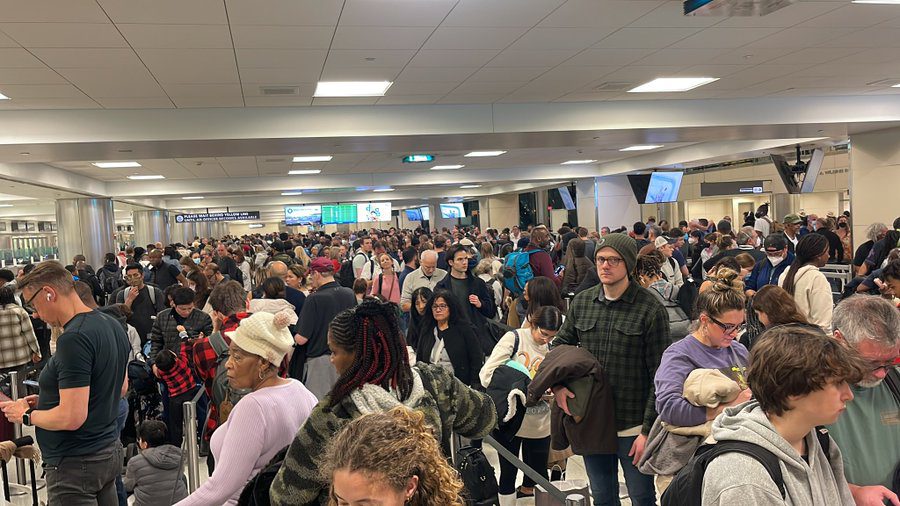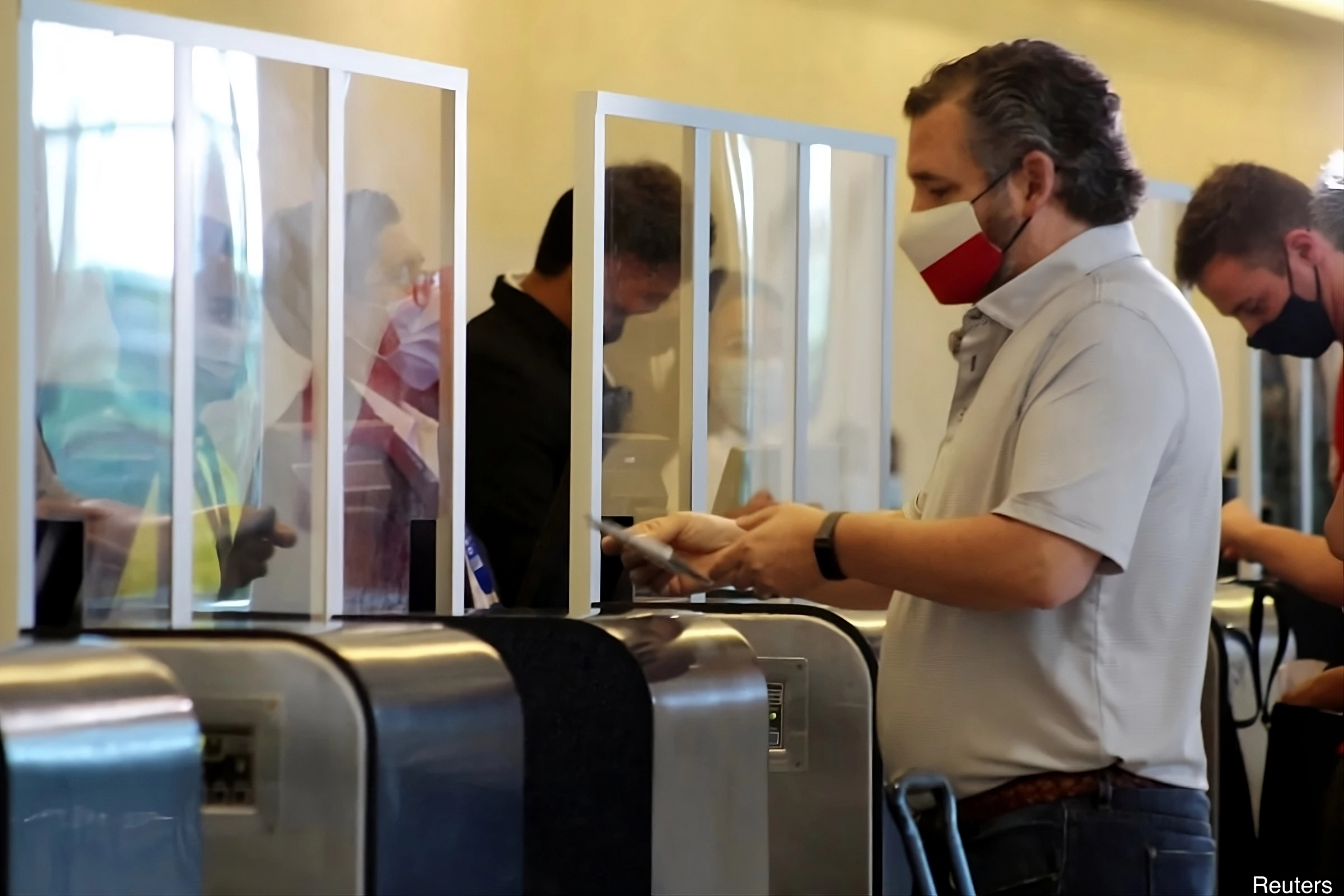U.S. Will Charge Visitors $250 Visa Deposits, Refugees Face $100 Annual Fee For Asylum Claims
The Big Beautiful Bill has more and more warts that just keep coming out, including a new $250 “Visa Integrity Fee” for most foreigners applying for U.S. nonimmigrant visas. It’s a ‘refundable deposit’ that you’re supposed to get back for leaving the U.S. on time, though no one knows yet how refunds will actually happen. Implementing a cross-agency refund system is going to take… time. The fee amount will adjust up with inflation.

Fortunately, travelers coming in from Visa Waiver Program who don’t need formal visas won’t have to pay this. The same law also quadruples the Form I-94 land-entry fee from $6 to $24, and imposes a new $100 application fee to seek asylum in the U.S. The U.S. has ever charged people for seeking asylum protection before.
Bizarrely ineffective: A $250 “integrity” deposit is too trivial to deter visa overstays or unauthorized work. Overstayers often stand to gain far more than $250 if they’re chosing to remain in the U.S. illegally.
Punishes rule-followers: It forces honest visitors to tie up $250 and navigate an unclear refund process to get it back. Law-abiding tourists, students, and workers face more red tape and costs, while the rare scofflaw isn’t meaningfully deterred.
Negligible revenue: Since the $250 is refundable, it’s not a reliable revenue source – except from those who overstay or who never navigate the refund. The deposit is meant to fund enforcement, yet if it works perfectly (i.e. everyone follows the rules), the government collects nothing. And if it doesn’t work, $250 is a drop in the bucket of enforcement costs.
Chilling effect: stacking fees on top of wait time and in-person visits makes the U.S. less welcoming to legal immigration (which isn’t great if you say your concern is illegal immigration). Along a certain margin, tourists and business visitors go elsewhere.

Imposing a fee on asylum seekers strikes at the heart of America’s refugee commitments. Charging $100 (plus another $100 for each year an application is pending) to people fleeing persecution is unprecedented and cruel.
By definition, many asylum seekers arrive destitute – the very people needing protection are least able to afford extra fees and penalizes the vulnerable for government-caused delays (since asylum backlog keeps them waiting years, accruing additional $100 charges each year).
Remember that making the legal routes harder and costlier encourages more illegal immigration. And restricting immigration harms the economy by reducing the workforce and reducing business formation. . When immigrants enter the labor force, they increase the capacity of the economy, grow GDP, and increase tax revenue. Fewer workers and consumers lead to labor shortages and reduced consumer demand for incumbent businesses. Government-imposed tolls on peaceful, voluntary exchange is ultimately a tax on economic growth that hurts all of us.
Here’s what a Republican debate on immigration used to look like, by the way.
Additionally, the One Big Beautiful Bill’s tax on remittances encourages illegal immigration. By making it harder to send money across the border, it reduces the ties that people who come to the U.S. have back home, reducing the likelihood that they go back. It increases economic instability on the border, so that people are more desperate there and look to leave (taking risks to come to the United States).
There were no ex ante restrictions on immigration into the United States until 1883. If you want to screen immigrants, fine, but we need more of it – more skills, more labor, and the U.S. is a better place (at least it has been!) for talent to flourish than most of the rest of the world. That means more ideas, inventions and creation for the whole world.

If these fees somehow enabled faster processing and higher caps, that would be good for the world. But too often critics of llegal immigration are really critics for foreigners period (usually foreigners who look different) and don’t actually support and grow legal immigration or more make it easier and less costly. This is the perfect example of taxing legal immigration.
More From View from the Wing
